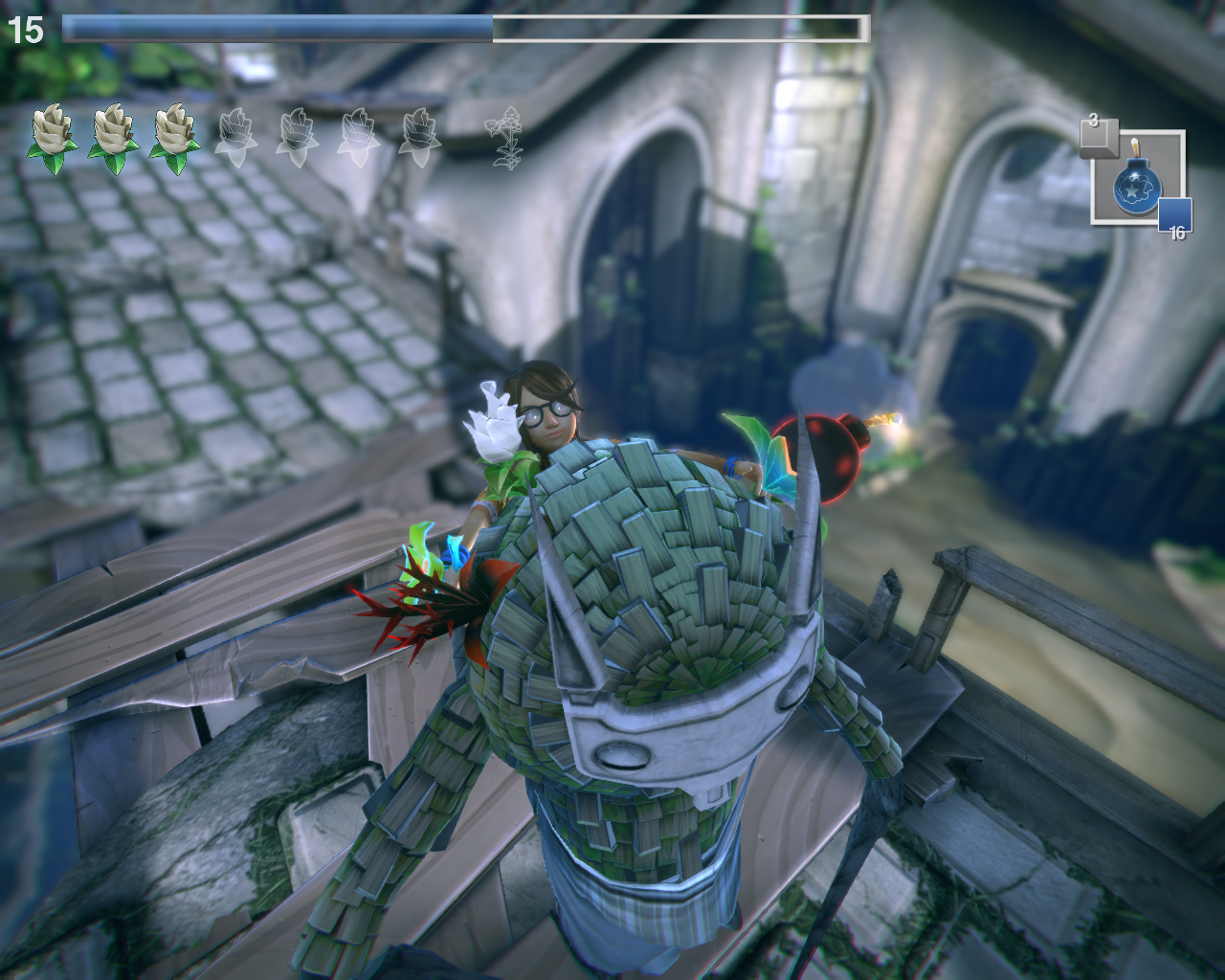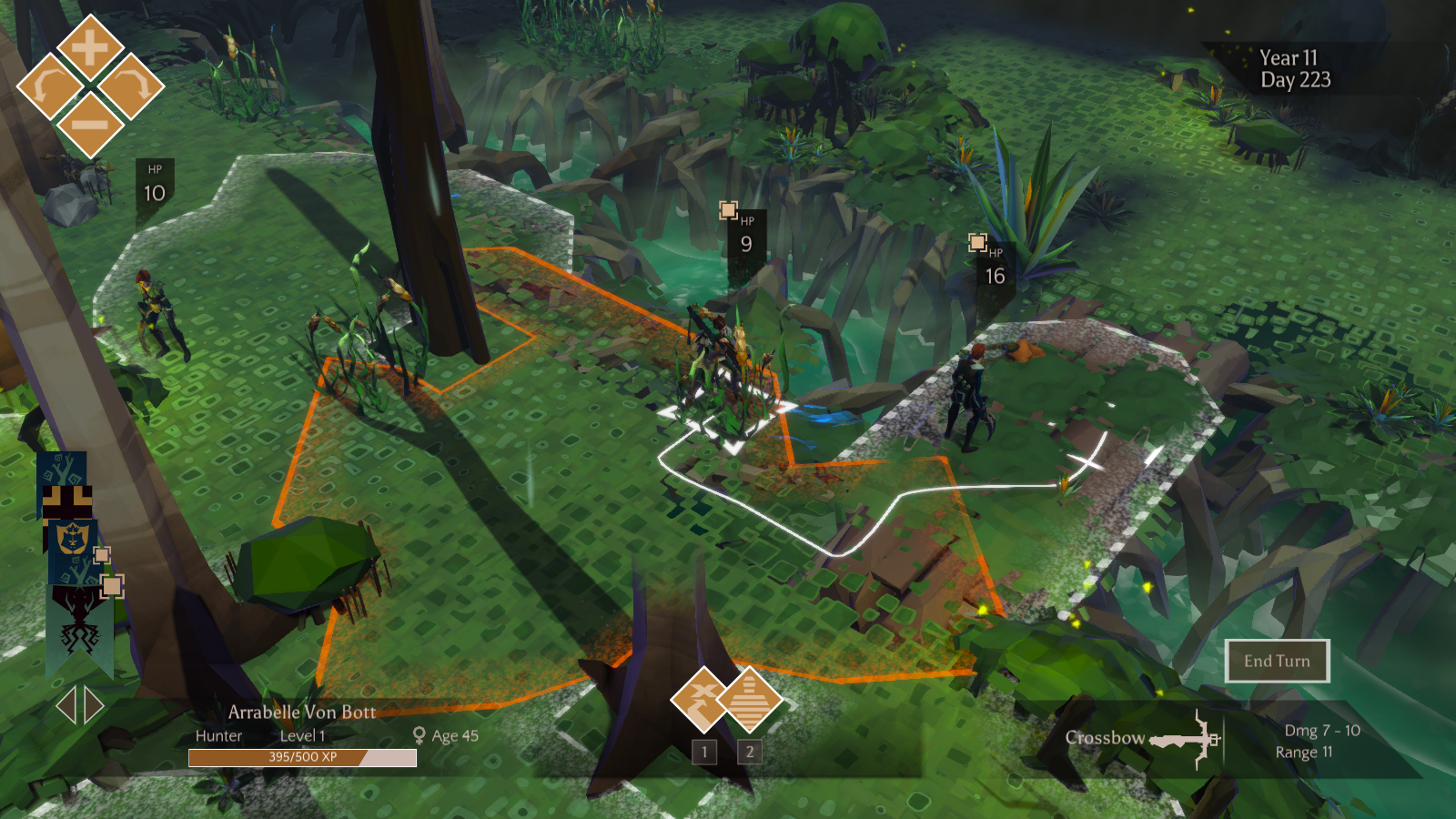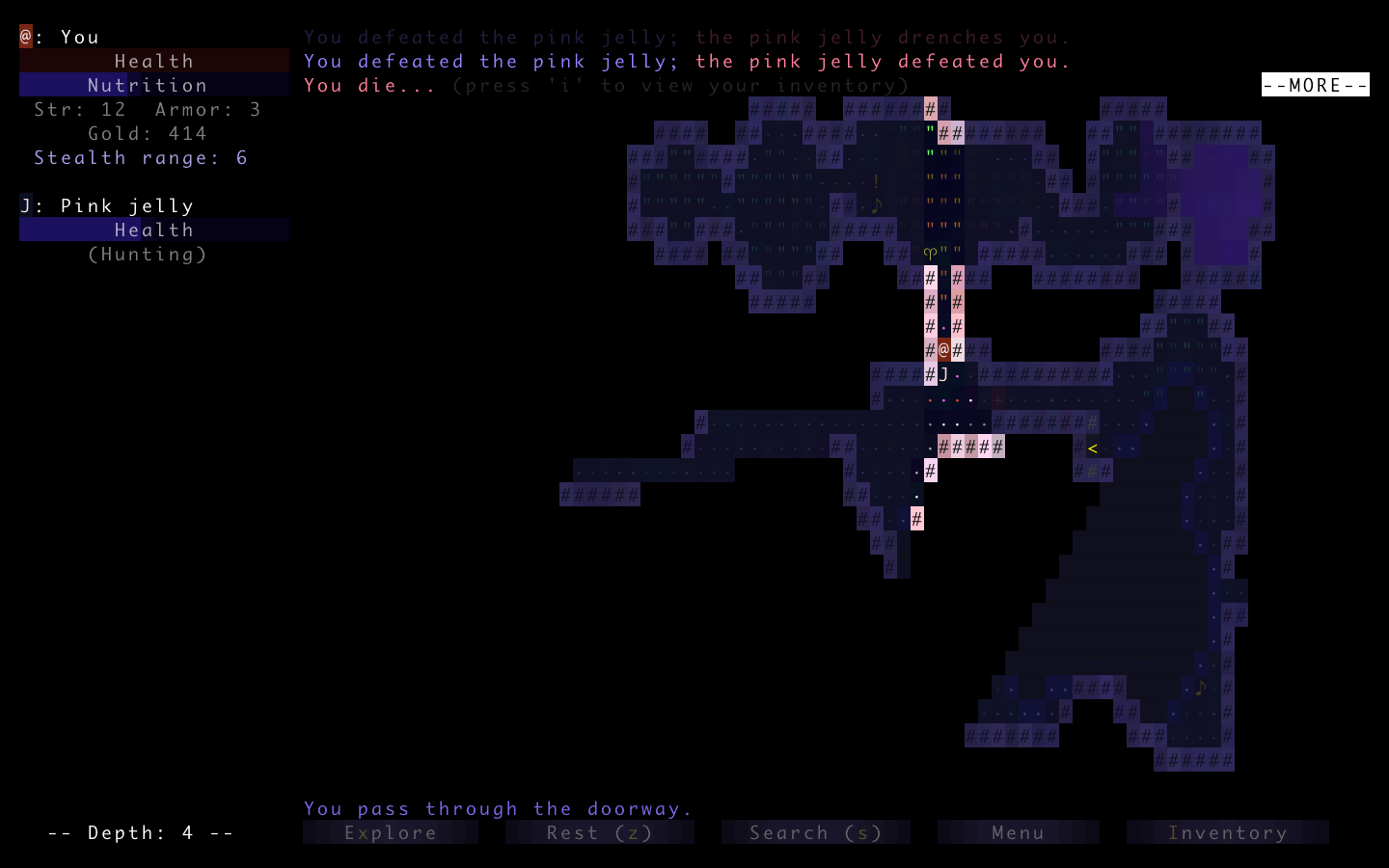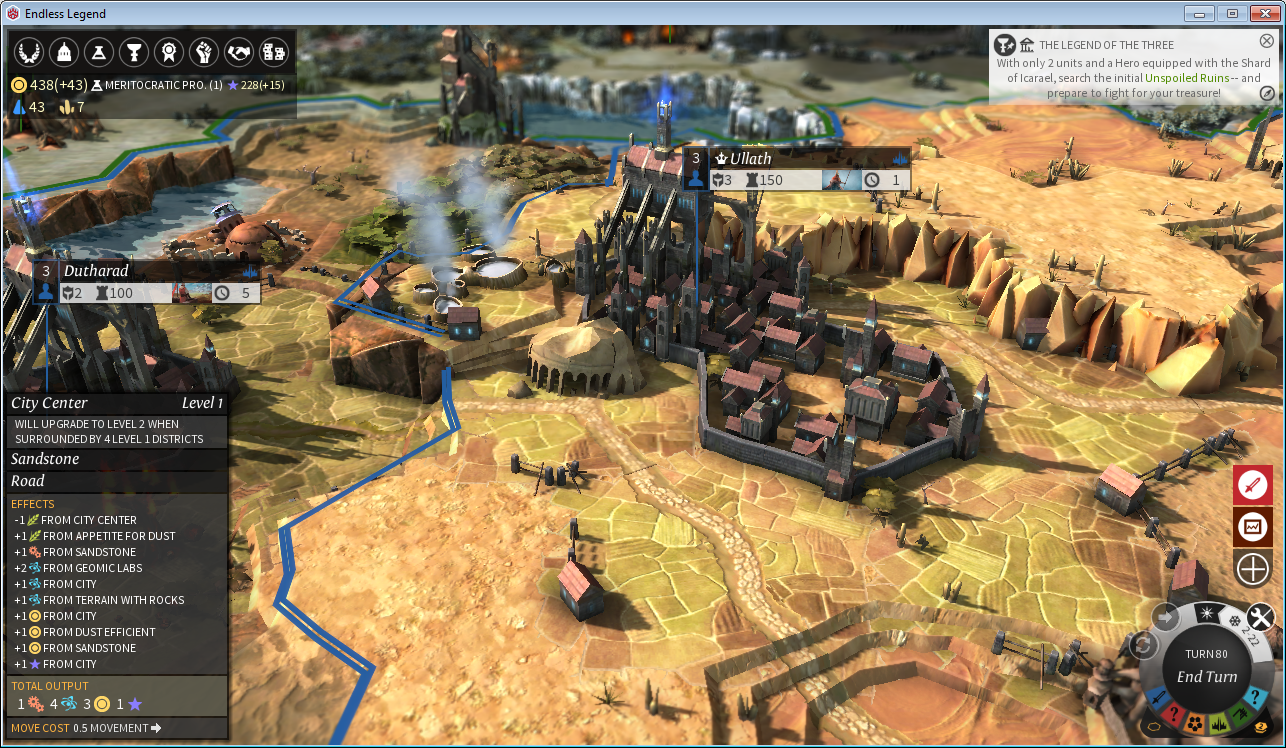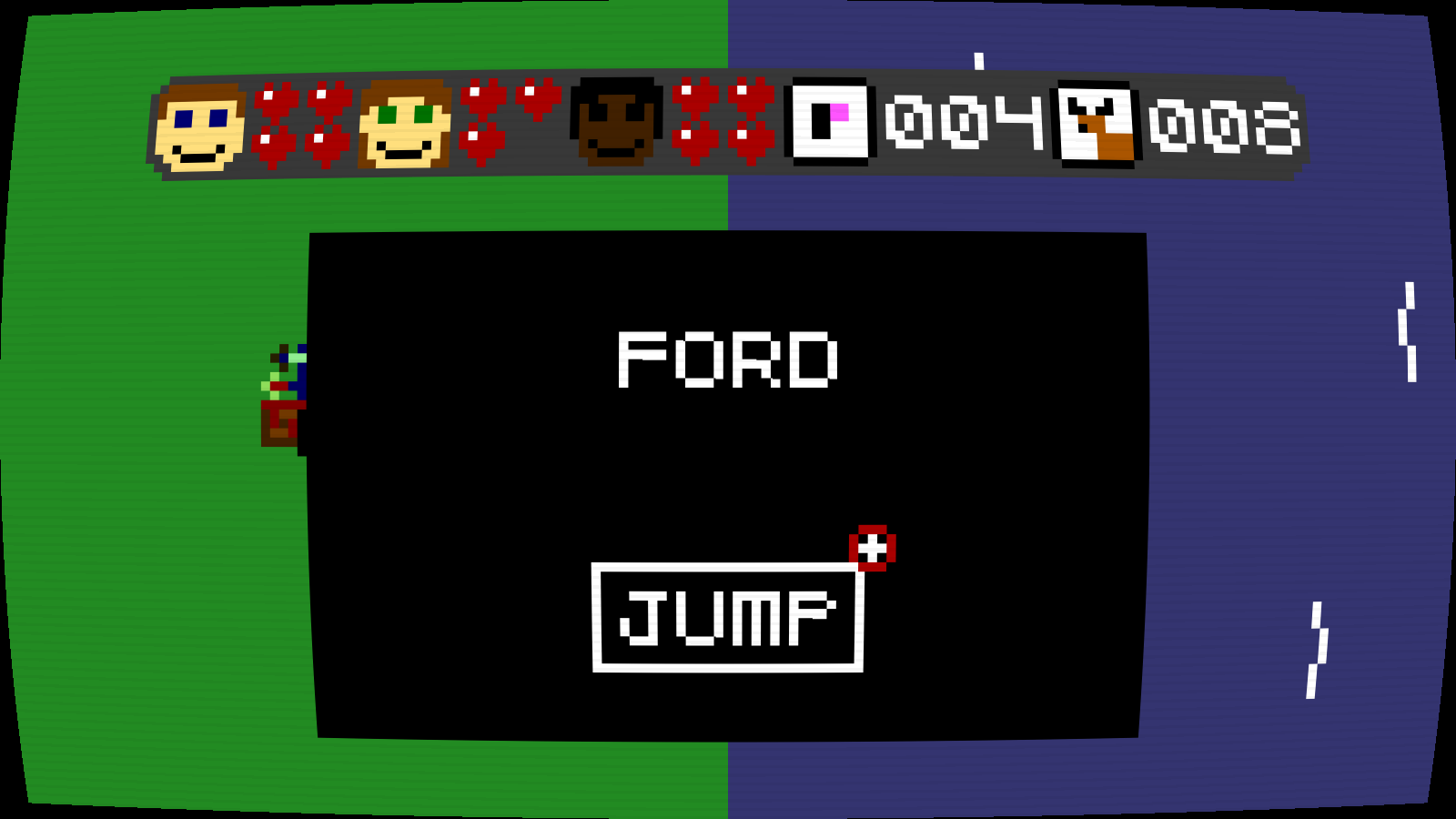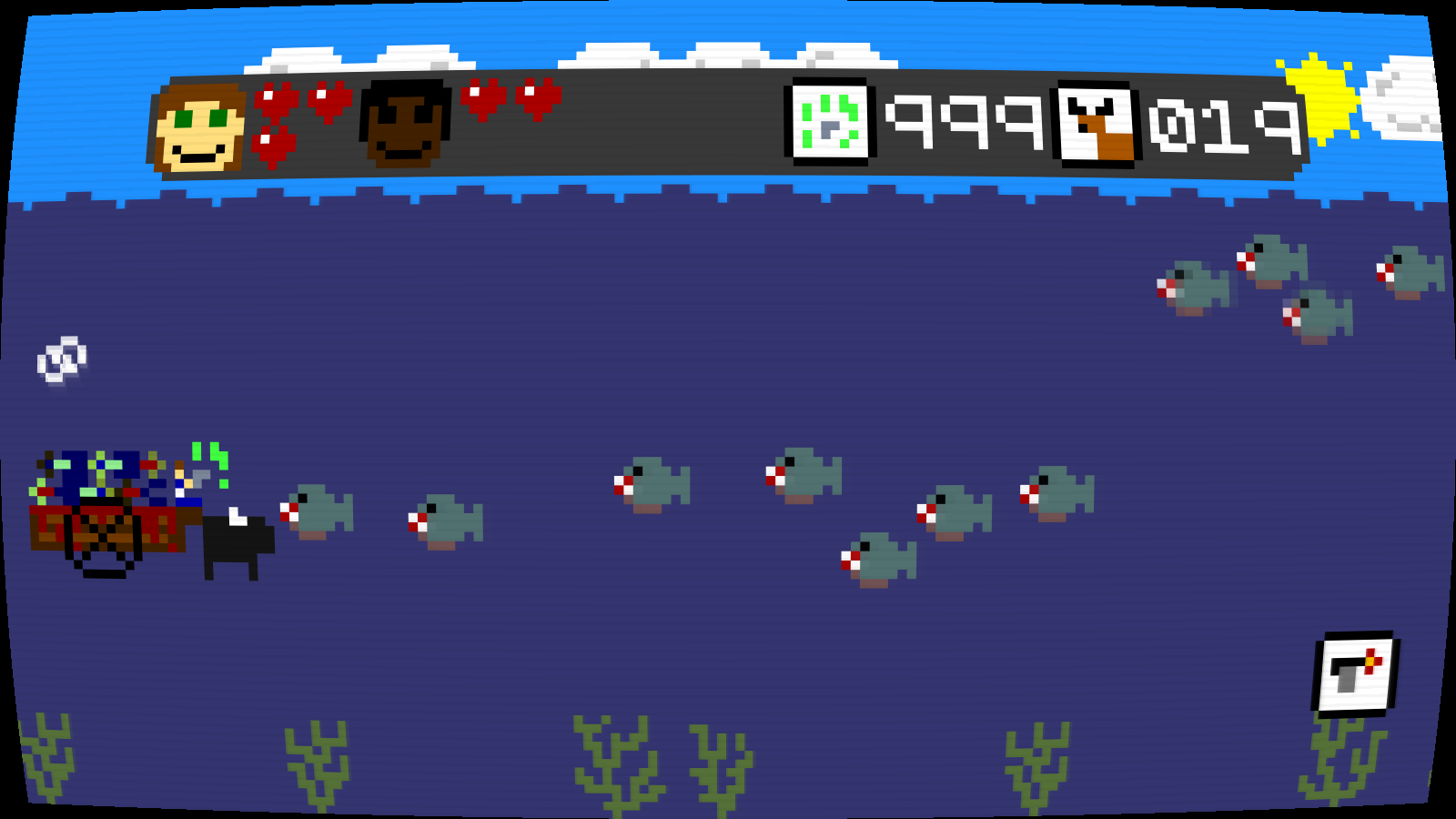Lords of Xulima is a first offering from fledgling game studio Numantian Games. The company funded the game through Kickstarter on the promise of an old-school isometric CRPG, like classics Ultima, Might & Magic, and Wizardry, and claiming inspiration from Baldur's Gate, Final Fantasy, and others. I only played a handful of those games, so I'm going to compare Lords of Xulima to my nostalgia-idealized favorites: Ultima 6 and Final Fantasy 3/6.
The game lacks what I remember most fondly from Ultima, the freedom to move through the world and explore, ignoring the plot should you so choose; and the flexibility to interact with NPCs in depth, navigating their dialog trees with actual typing. Lords of Xulima gates regions by guarding them with enemies far above your level, opening them for exploration mostly at set times only. NPCs barely exist. They are there to buy up spare loot, sell gear and training, and dispense exposition. Other than that, they are window dressing. They stand in place at all hours, even through the game's largely-irrelevant day/night cycle, and quickly run out of anything interesting to say.


The combat system had enough detail to engage me for a while. Tactically (not visually), it resembles a Final Fantasy game of old. You place characters in a front row and a back row and your attacks manifest as slashes with minimal animation. Just like in Final Fantasy, the spells get far more animation than anything else. There's also a tactical choice of weapons that cause bleed, wounds, or stun.

Bleed deals additional damage over time. I found it mostly useless because the levels of bleed were tiny compared to the enemies' hit points. Wounds stack to penalize attacks and defense. Stun delays the target's next turn. The choice of which you equip on which characters adds some depth to gameplay, as does whom you attack with which at any time. I wound up relying heavily on stun, accidentally since I didn't know what any of those things did when I started playing. (The manual wasn't yet complete.) My main bruiser wound up with high-success, high-stun attacks able to knock most enemies back in the initiative order enough that they rarely got a turn, especially combined with the wizard's stun-inflicting lightning spells.
Some enemies, particularly bosses, resist stun and put me at a disadvantage. It's a necessity for powerful stand-alone monsters, and an interesting characteristic of some monsters. But monsters that appeared to be susceptible to stun sometimes started ignoring it in a pattern I found opaque. After planning a series of attacks designed to delay all the enemies and keep my team kicking uninterrupted ass, to have a monster start ignoring my stunning attacks out of nowhere was annoying.
The other trouble with combat is that as levels went up, combat became a slog. At higher levels, monsters have upwards of a thousand hit points, and your heroes do thirty to forty damage in a shot, spiking to around a hundred if you burn resources to boost them. So it can take ten minutes for a single fight, after which you have to do it again, because that fight was random and not in any way relevant to the plot.
Lords of Xulima tells its story in awkward spurts of exposition. Prophetic dreams (with unnecessary voiceover) and occasional dialogue, primarily with enemies, make up the large part of the story. As it progresses, the game hints that the main character is mistaken about the nature of the world and the righteousness of his quest. Through the main character's stubbornness, his stance on the matter rapidly diverged from mine, so the longer I played, the more disconnected I felt from the character I was playing.
One thing that pleased me: the puzzles. They aren't common, but for the first time in at least a decade I had to make a map to beat a teleportation puzzle. That really took me back, and I enjoyed it a great deal. On the other hand, another puzzle wasn't well-designed, defying my logic and requiring me to find the answer online. The designers also did well with the minigame to defuse traps, though the lock-picking minigame is less engaging and more of a money sink (since it inevitably breaks some of your lockpicks).
In the end, Lords of Xulima didn't manage to capture my attention long enough to finish it. After fifty-plus hours, I'm ready to give myself a break and stop the repetitive monster-bashing.
Lords of Xulima is available for $19.99 on Steam.




